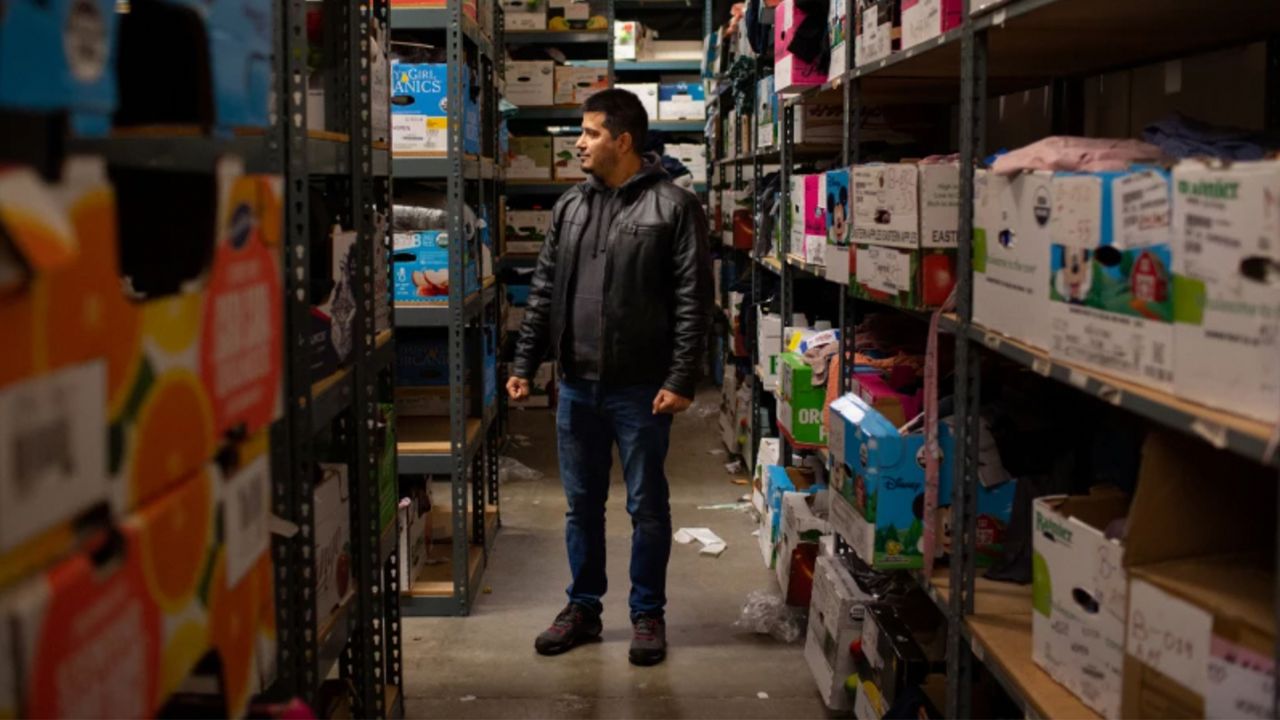For months, officials have warned the pandemic is disproportionately affecting minority and poor communities.
We are now getting a better picture of just how bad it is: since November, COVID-19 deaths among Latinos have shot up over 1,000% in Los Angeles County. LA Times reporter Ron Lin joined us with more on what the data shows.
Lin explained that this is a staggering loss for the county and the Latino community.
"What we found out was that when the pandemic gets better, the disparities get better, but when the pandemic gets worse, the disparities get worse," said Lin. "In early November, we saw death rates among Latino residents at 3 ½ deaths per 100,000 residents, which climbed up to 40. That is way ahead of all other ethnic groups, compared to the white residents of L.A. County. White residents are dying at a rate of 14 deaths per 100,000 residents. Next up is Asians at 17, and next up are Black residents at 20."
Health experts are not shocked at the results because Latino residents form the backbone of California’s economy in terms of essential workers who have to leave home to get their jobs done.
“Latinos make up 93% of farmworkers, 78% of construction workers, 69% of cooks, and 55% of cashiers. So, when the virus is out, and they have to work, they are the ones who are most vulnerable,” Lin added.
Families with crowded and multigenerational households have been hit harder by the pandemic.
“As anyone who lives in L.A. County knows, the cost of rent is staggering, and that is one thing that we have seen. When you have four or five people crammed into a one-bedroom apartment, once one person gets sick, everyone else will likely get sick, even though you do your best to socially distance from each other,” said Lin.
Recently, L.A. County Supervisor Holly Mitchell raised concern over restaurants reopening. Also, she says there should be equal distribution of the vaccine to protect all workers — including restaurant workers.
“It is something that is in the queue right now. Right now in L.A. County, seniors, health care workers, and people living in nursing homes get the first crack at the vaccine. The next set of people who are on track at getting the vaccine are educators, food and agriculture workers, and first responders. The big problem, though, is the supply of vaccines. L.A. County, unfortunately, has been getting fewer vaccines in recent weeks than we were getting in mid-January. So, supply is a big issue, but the good news is that there is a third vaccine on the horizon by Johnson & Johnson that may be coming out soon and only requires one dose, so that makes it easier to administer. And, two other vaccines may be coming on the horizon in the next couple of months. The big question is whether we can keep cases low until we can get more vaccinations in,” added Lin.
The federal government announced two major vaccination sites, one at Cal State Los Angeles and the other at the Oakland Coliseum.
"This is really trying to bring the vaccine to areas where you do not need a car," said Lin. "You will be able to drive in, but Cal State L.A. also has a big bus station, and it is really trying to make it easier for people who do not have access to cars to get vaccinated. And that should be a big help. Another thing officials are trying to do is start mobile vaccination clinics. They are also trying to get vaccines in pharmacies in places like South Los Angeles, and in community clinics that have the trust of the community in Black and Latino neighborhoods."
The COVID-19 death toll among Los Angeles County Latinos is reaching frightening levels that the county’s top health officials have called “frankly horrifying."https://t.co/TpsFHD5G9J
— Los Angeles Times (@latimes) January 29, 2021











